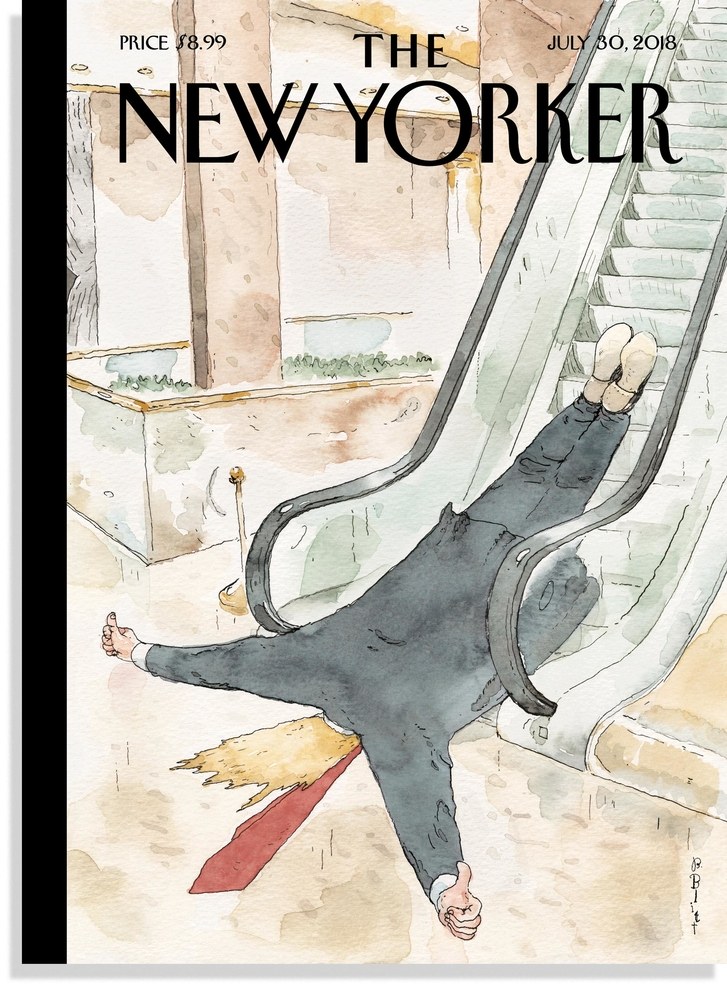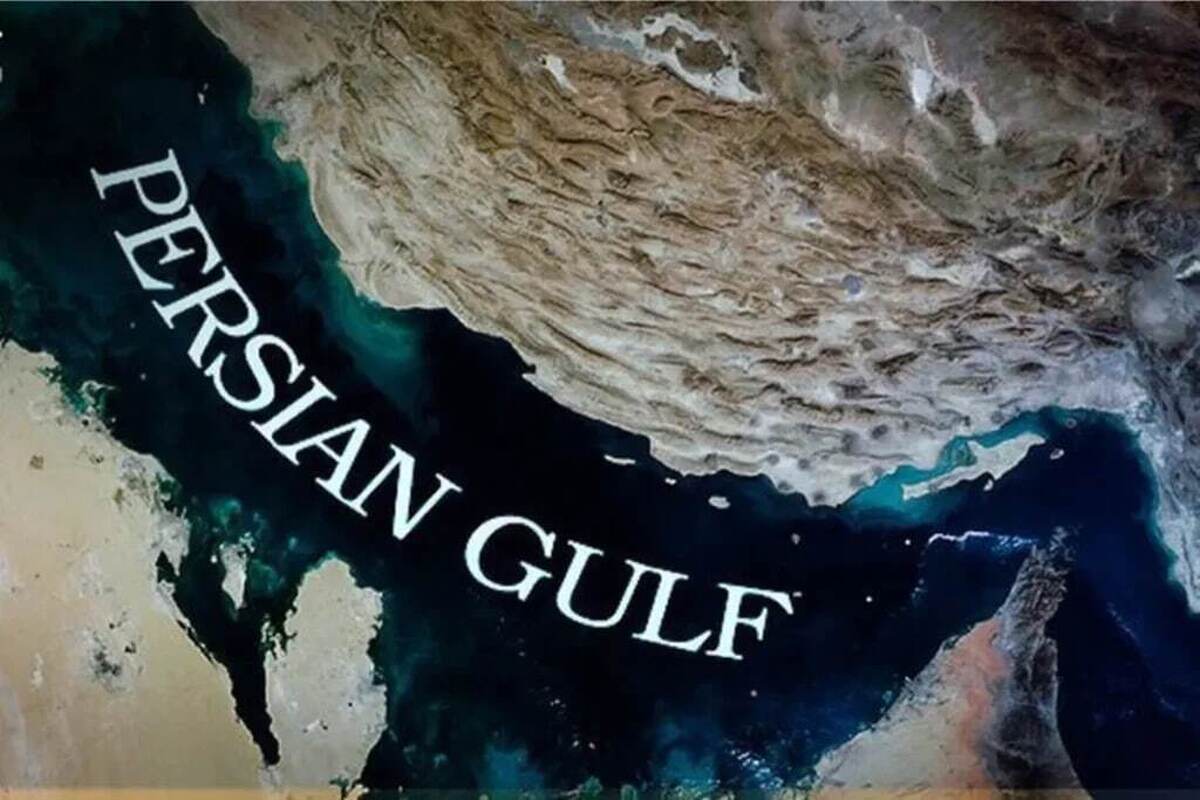
GHOST TOWERS The view from Iran’s housing crisis
Robin Wright
After the Iranian Revolution, in 1979, the theocracy called on women to breed a new Islamic generation. It lowered the marriage age to nine for girls and fourteen for boys; it legalized polygamy and raised the price of birth control. By 1986, the average family had six children. A leading cleric said that the government’s goal was to increase the number of people who believed in the Revolution in order to preserve it. The population surge coincided with mass migration to Iran’s cities, spurred first by Iraq’s invasion, in the eighties, and then by the lure of jobs and education, in the nineties. The government introduced family planning, which brought the average family size down to two children, but Iran still struggled to feed, clothe, educate, employ, and house its people. Four decades after the Revolution, the population has grown by almost fifty million; the number of households has quadrupled. Teeming, polluted Tehran can no longer hold all those who need or want to live there.
The government responded to the housing shortage by building satellite towns of sterile high-rises on barren land far from the capital. They were supposed to be affordable, ready-made utopias with modern utilities for low-income and middle-class workers who couldn’t afford Tehran. But the early apartments had faulty sewage systems and heating, inadequate access to water, and only intermittent electricity. Many were destroyed in the earthquake of 2017.
Hashem Shakeri first glimpsed some of these ghostly concrete towers on a weekend drive in 2007. He was baffled by the idea that Iranians would be expected to live in the austere structures. “They were like a remote island,” he told me. “When I thought about the people who were supposed to come and live there, I couldn’t even breathe.” In 2016, he began to photograph the satellite towns and their residents. He started in Pardis; the name is Persian for “paradise.”
“Most of the people who came there had lost something in their lives,” Shakeri said. “They had been employees who used to receive monthly payments. After the economic crisis, they couldn’t make ends meet.” There were few parks, playgrounds, or social outlets, and limited signs of life outside the high-rises. To capture the sterility and the eerie quiet in the satellite towns—including Pardis and Parand—he took the photographs using medium-format film, in direct sunlight, and overexposed them.
He said, “I wanted my audience to see the bitterness that applies to all of those towns,” many of whose residents travel hours each day to jobs in Tehran. “There is a recurrent, vicious cycle where people are sleep-deprived—they have to wake early and work until late to commute to Tehran, which takes a lot of time. They only sleep in the towns. Like Sisyphus, they have to repeat the cycle over and over.”
The country’s housing crisis deepened after President Trump withdrew from the Iran nuclear deal, in May, 2018, and reimposed economic sanctions six months later. The rial is now down by sixty per cent, and real-estate prices in Tehran have more than doubled. Yet tens of thousands of apartments in the new towns are empty, because, though they are cheaper, many Iranians still can’t afford them. Shakeri, like other Tehran residents, feels the squeeze. He told me that, as he took the photographs, “I was worried that I may be one of the people who have to leave Tehran and move into one of these apartments.”
—Robin Wright



